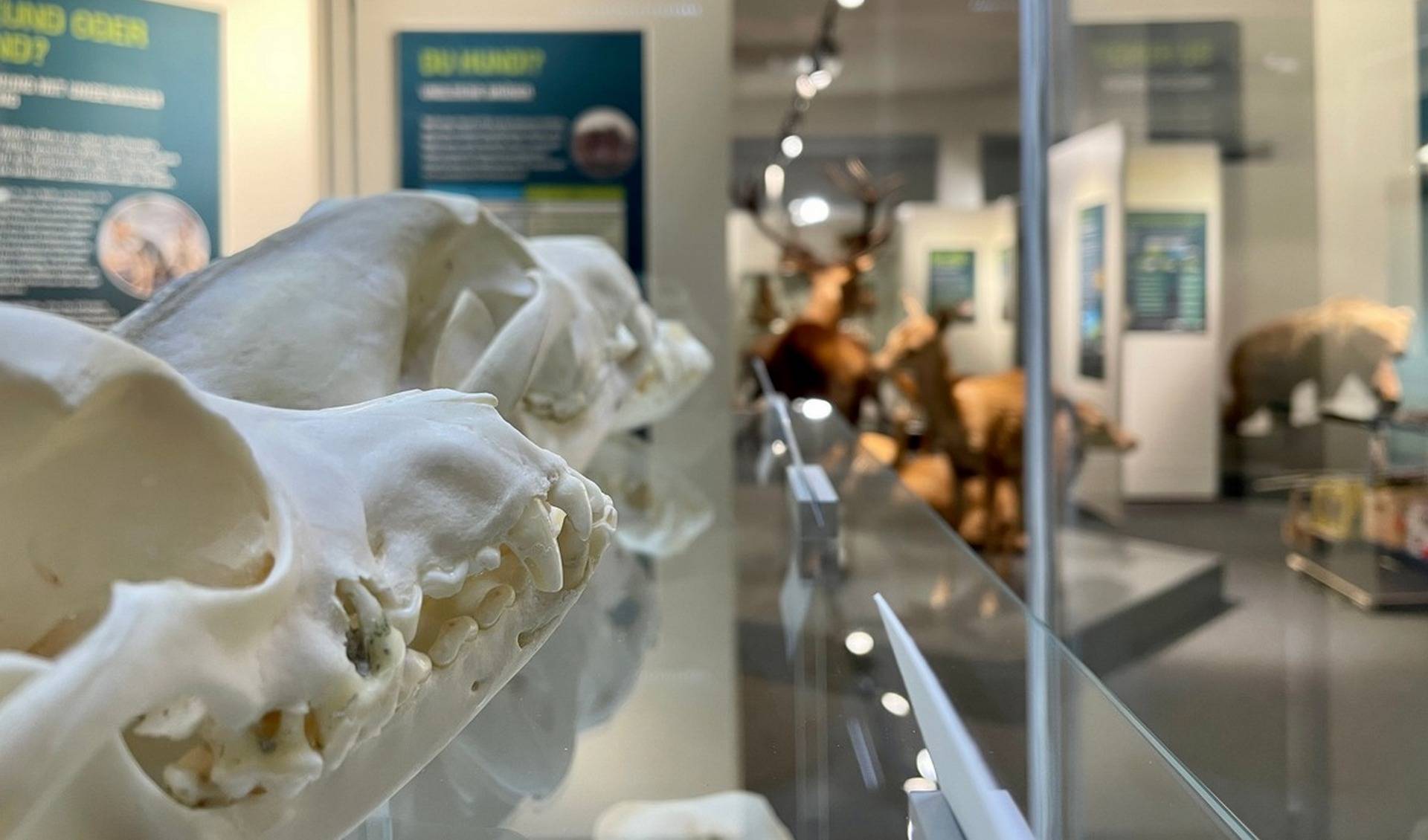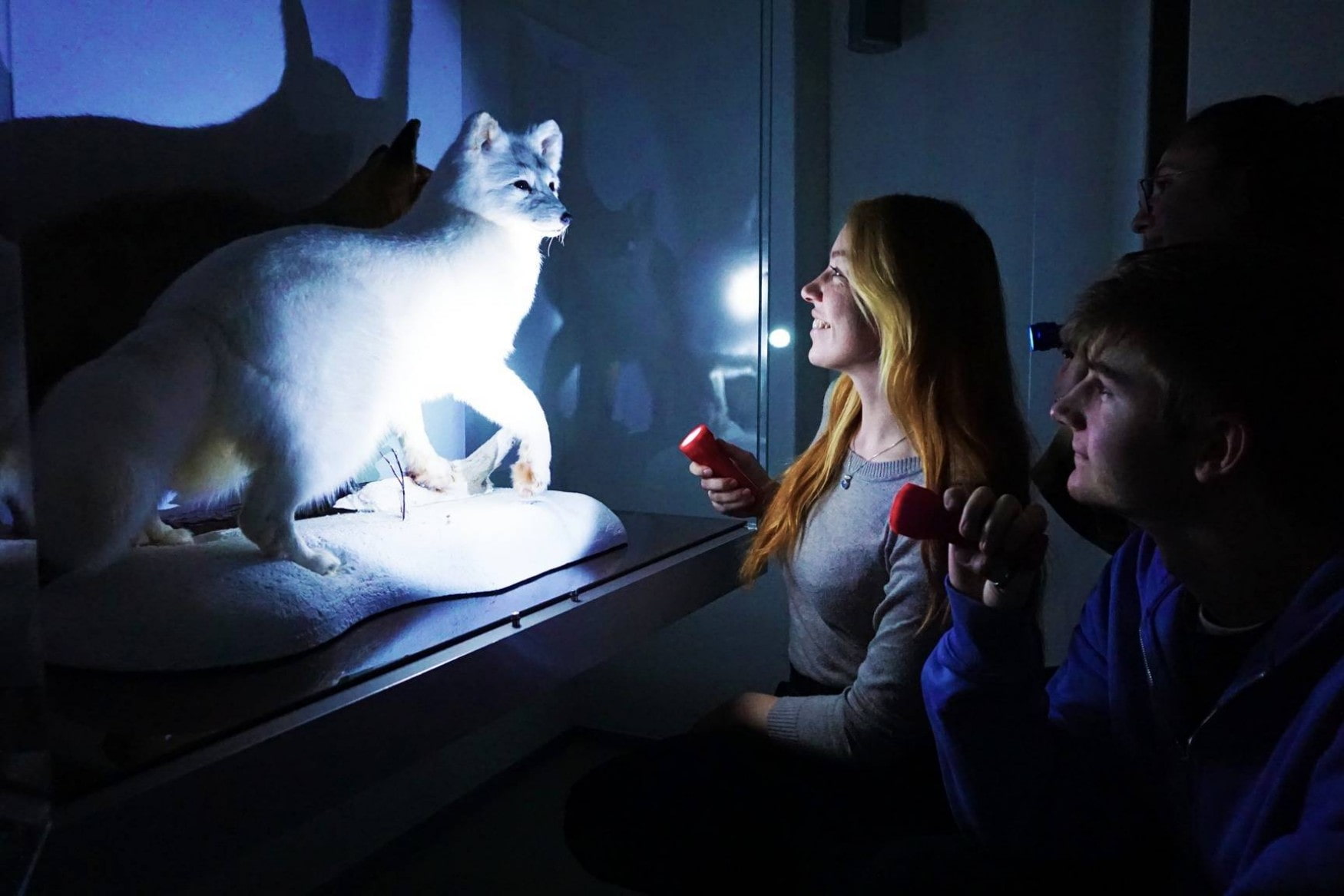The Natural History Museum Mainz stands as a testament to the rich scientific and cultural heritage of Rhineland-Palatinate. Located in the heart of Mainz, this impressive institution houses an extensive collection of biological and geological specimens, offering visitors a captivating journey through the natural world. As the region's largest museum, it is a vital center for education, research, and public engagement.
The museum's unique blend of local and global perspectives, including its special partnership with Rwanda, sets it apart from other natural history museums. With its striking glass tower and historic building, the Natural History Museum Mainz invites curious minds of all ages to explore the wonders of nature from prehistoric times to the present day.
Highlights
- Extensive collection of rare and extinct species, including the world-famous Quagga group
- Interactive displays and hands-on activities for visitors of all ages
- Particular focus on both regional biodiversity and global natural history through the Rwanda partnership
Contents
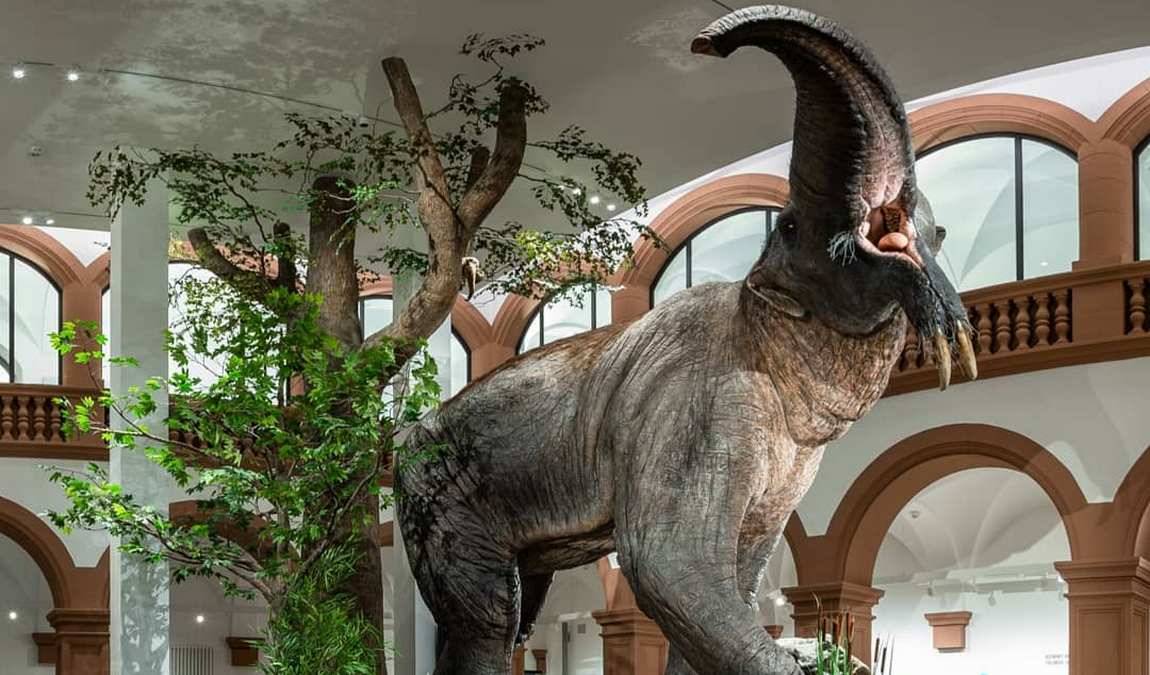 Photo: facebook.com/nhm.mainz
Photo: facebook.com/nhm.mainz
Here is Why Your Kids Will Find it Interesting
Natural History Museum Mainz is worth visiting with kids aged 5-15 due to its engaging and educational exhibits. Children will be fascinated by the life-sized skeletons of prehistoric animals, including the 45-million-year-old primeval horse from the Eifel region. The museum's interactive displays allow young visitors to touch fossils, examine minerals up close, and learn about local flora and fauna through immersive dioramas. The museum offers workshops and special events for budding scientists who bring natural history to life, sparking curiosity and fostering a love for the natural world.
Family-friendly features
- Hands-on learning stations where kids can touch and examine specimens
- Age-appropriate guided tours and educational programs
- Family-oriented events and workshops during school holidays
The Museum's Rich History
 Photo: facebook.com/nhm.mainz
Photo: facebook.com/nhm.mainz
The Natural History Museum Mainz has a storied past that dates back to the early 20th century. Officially opened in 1910, the museum evolved from the collections of the Rheinische Naturforschende Gesellschaft, a natural research institute established in 1834. Over the years, it has become the preeminent natural sciences institution in Rhineland-Palatinate.
The museum is housed in the former Clarisse convent, the Reichklarakloster.
This historic building, founded on All Saints' Day in 1272 by Humbert zum Widder and his wife Elisabeth, adds a layer of cultural significance to the museum experience. The convent's transformation into a center for scientific study and public education was initiated by Frederick Charles Joseph of Erthal, the last elector of Mainz and a promoter of sciences. In 1988, the State Collection of Natural History of Rhineland-Palatinate was incorporated into the museum, further enhancing its scientific importance and scope.
At a distance of 700 meters there is another interesting museum that we recommend to visit with children - Gutenberg Museum
Collections and Exhibits
The Natural History Museum Mainz boasts an impressive array of permanent collections and temporary exhibitions that showcase the diversity of life on Earth:
Permanent Collections
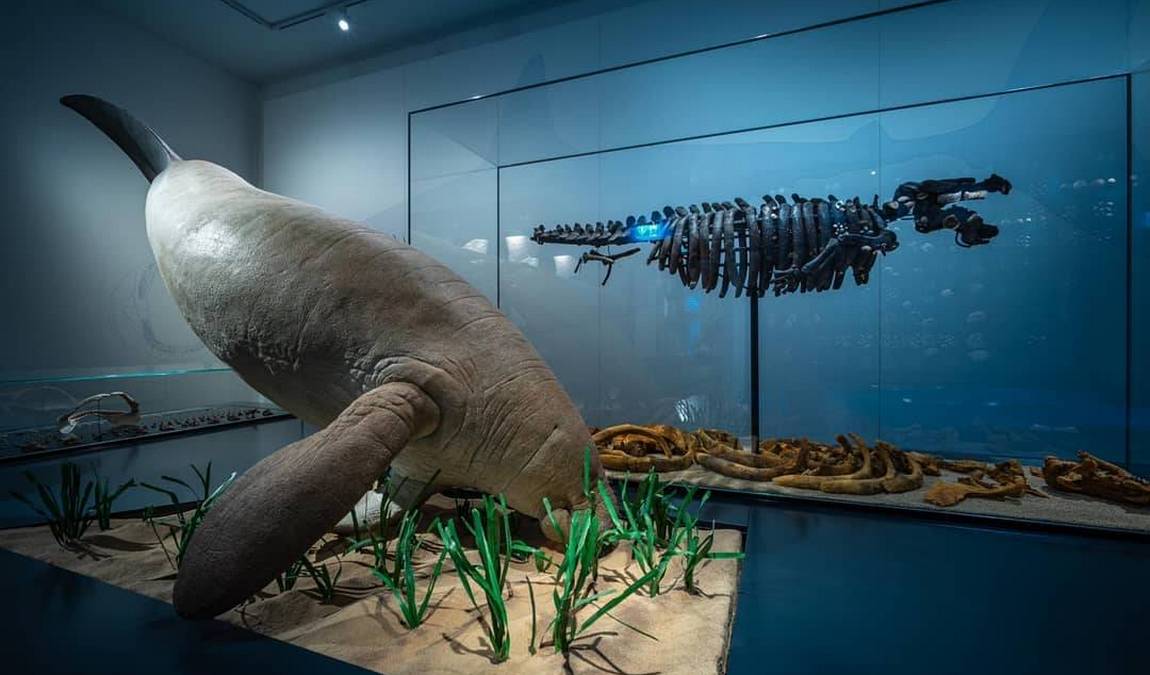 Photo: facebook.com/nhm.mainz
Photo: facebook.com/nhm.mainz
- Biology Specimens: The zoological collections are a highlight, featuring rare and extinct species such as the Tasmanian wolf (marsupial wolf), Java rhinoceros, and the globally renowned Quagga group - one of only 21 stuffed exhibits of this extinct zebra subspecies in the world.
- Earth Sciences Displays: Visitors can explore a vast collection of fossils, minerals, and geological formations. A star attraction is the complete skeleton of a 45-million-year-old primeval horse from Eckfelder Maar.
Temporary Exhibitions and Special Events
 Photo: facebook.com/nhm.mainz
Photo: facebook.com/nhm.mainz
The museum regularly hosts temporary exhibitions and special events, including:
- Lectures by experts in various fields of natural science
- Workshops on topics like biodiversity, ecology, and conservation
- Interactive displays that focus on current environmental issues
These rotating exhibits and events ensure that there's always something new to discover, even for repeat visitors.
Unique Features
 Photo: facebook.com/nhm.mainz
Photo: facebook.com/nhm.mainz
Partnership with Rwanda
One of the most distinctive aspects of the Natural History Museum Mainz is its partnership with Rwanda, which has been ongoing since 1982. This collaboration provides a unique perspective on African biodiversity and exhibits showcasing Rwandan flora and fauna cultural exchanges and joint research projects.
Focus on Regional and Global Natural History
The museum excels in presenting both local and global natural history:
- Extensive displays of native flora and fauna from Rhineland-Palatinate
- Dioramas showcasing local ecosystems and habitats
- Exhibits on global biodiversity and environmental challenges
This dual focus allows visitors to understand their local environment within a broader, global context.
Best Time to Visit
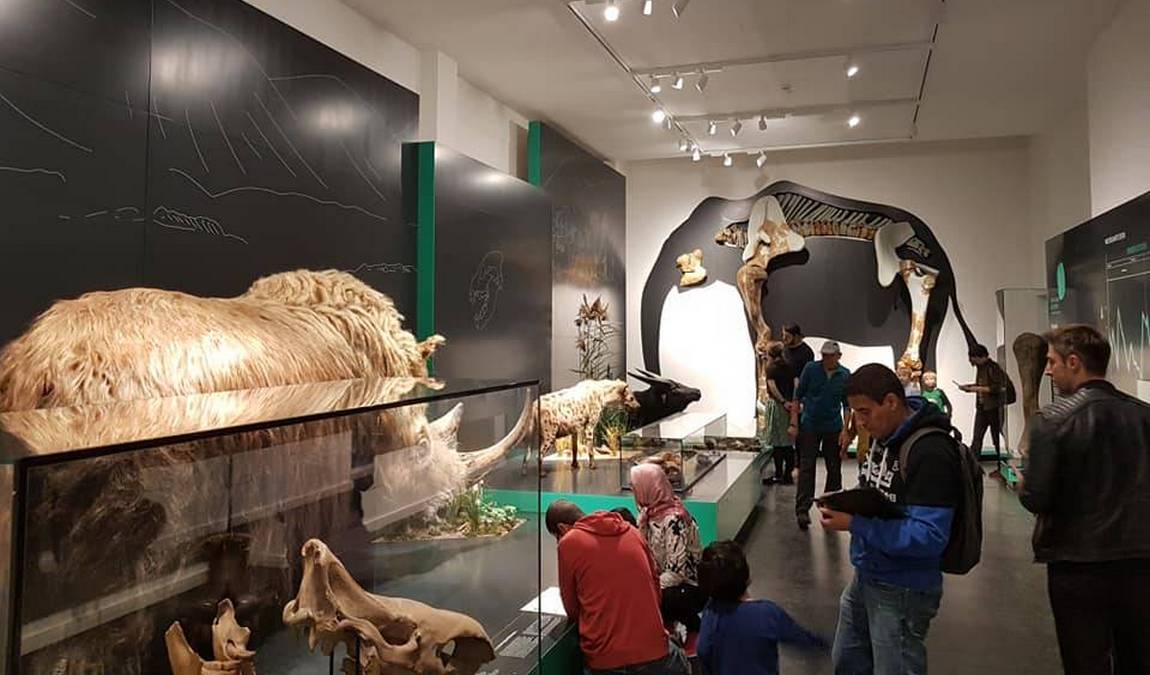 Photo: facebook.com/nhm.mainz
Photo: facebook.com/nhm.mainz
The best time to visit the Natural History Museum Mainz with children is during weekends or school holidays when special family programs are often offered. Mornings tend to be less crowded, providing a more relaxed experience. The museum is delightful during the cooler months when indoor activities are preferable.
Recommended Duration: A typical visit lasts about 2-3 hours, allowing ample time to explore the main exhibits and participate in interactive activities.
Our Resume
This place offers an enriching experience for visitors of all ages, combining scientific rigor with engaging presentations. Its unique blend of local and global perspectives, exemplified by the Rwanda partnership, sets it apart from other museums. The institution's commitment to education, research, and public engagement makes it a valuable resource for the community and a must-visit destination for anyone interested in natural history.


